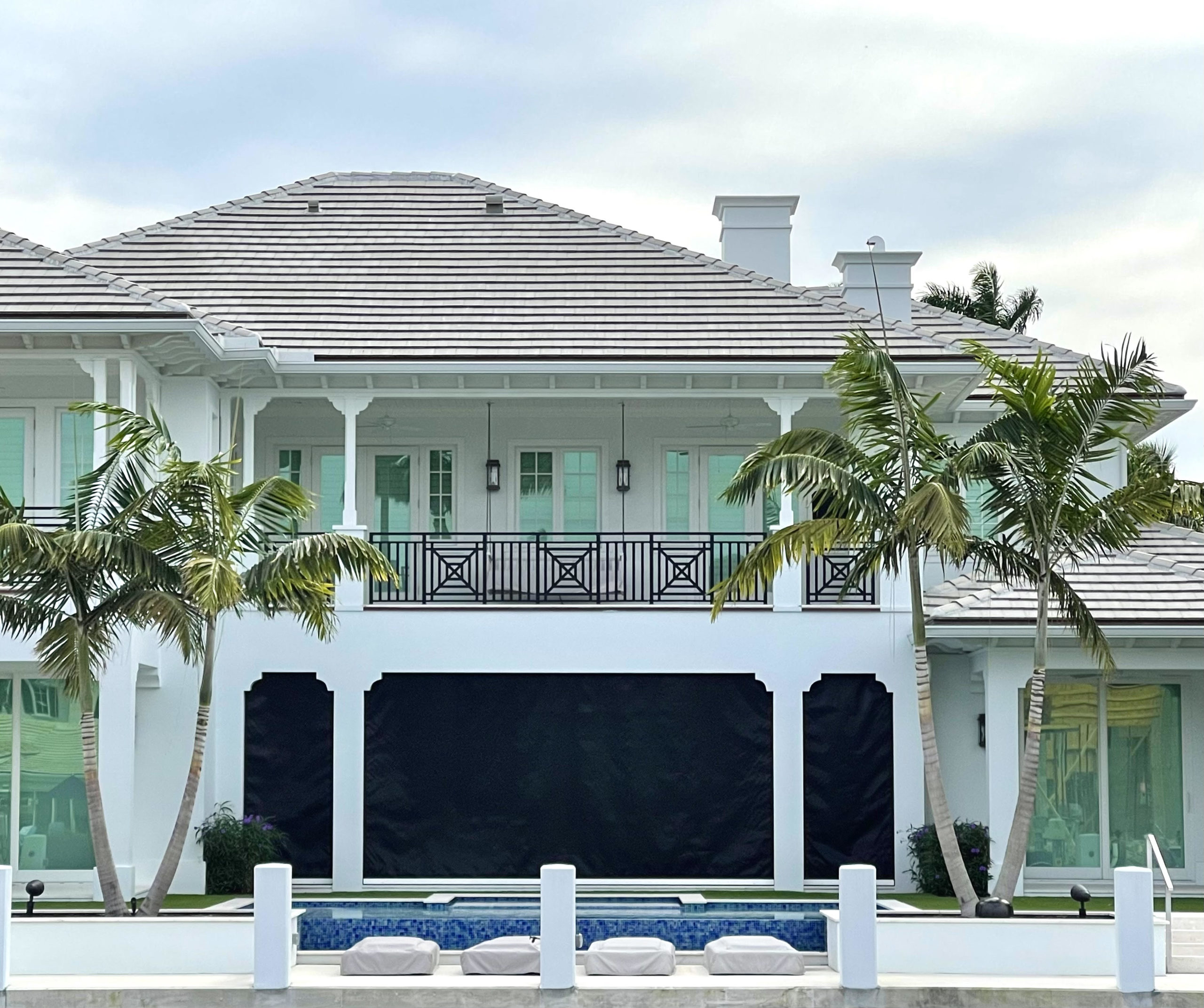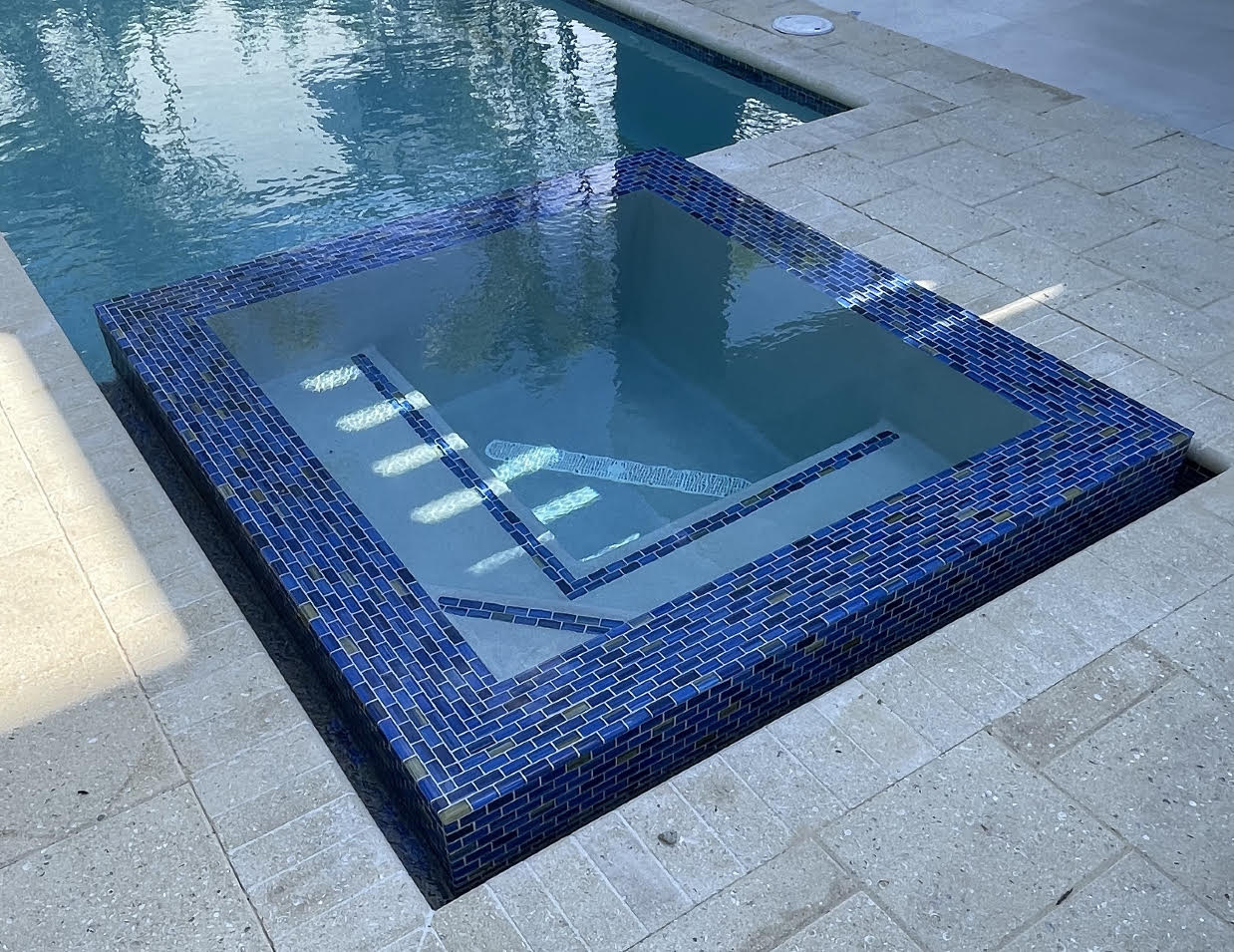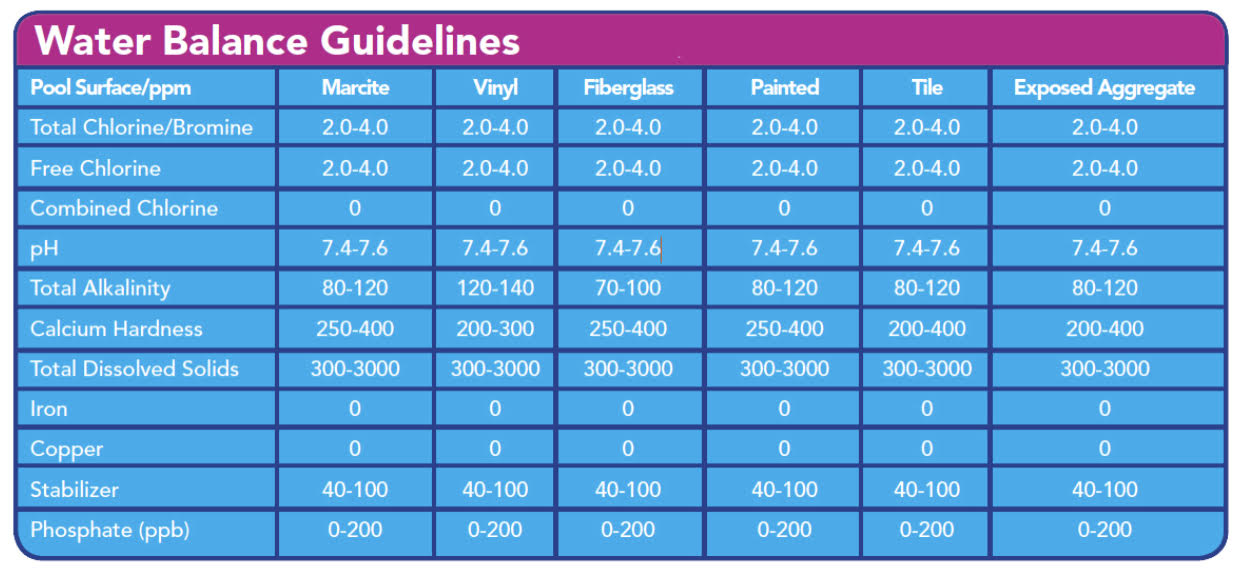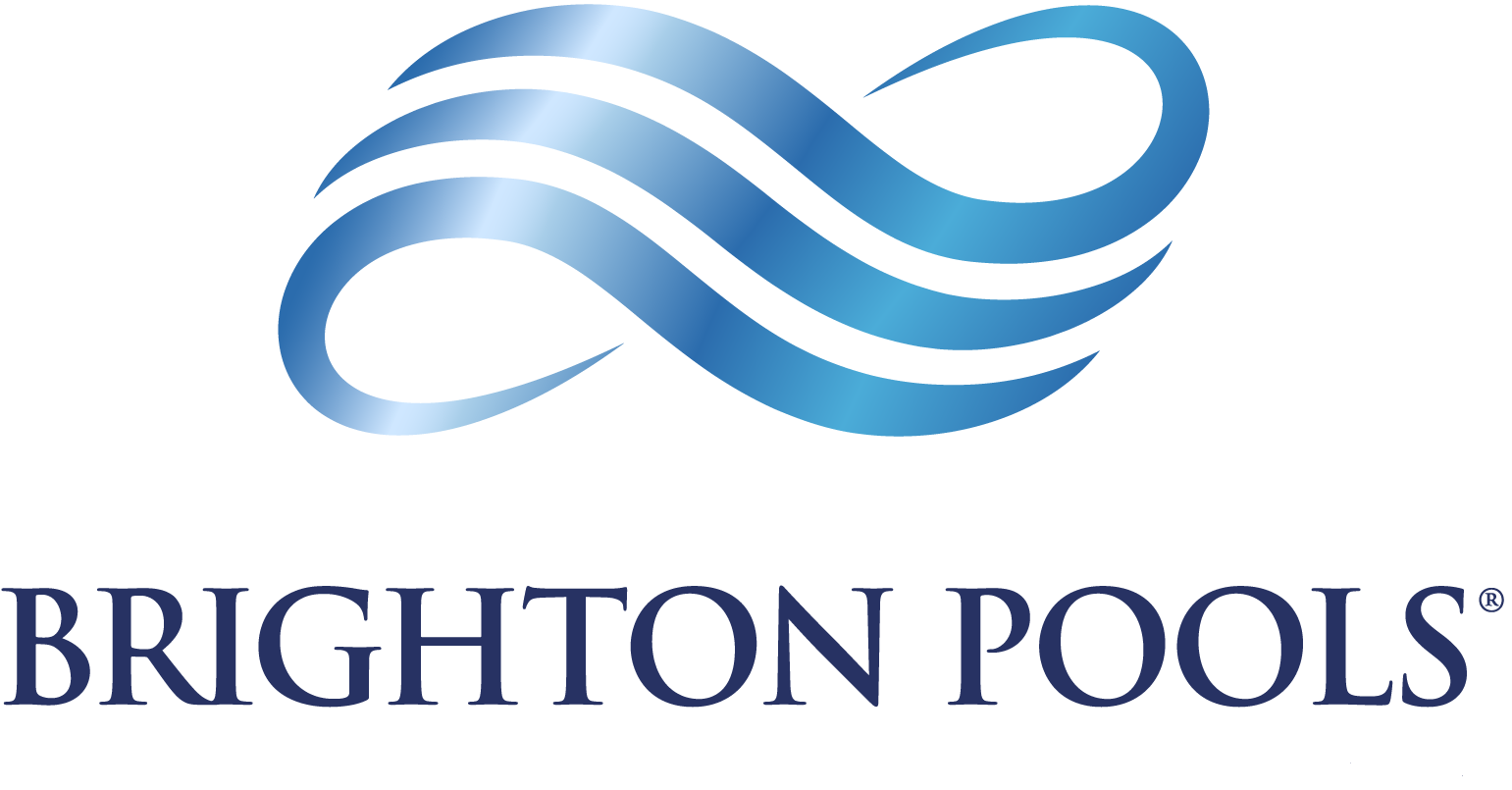How to Maintain Your Pool
Maintaining your pool can be easy and take as little a five minutes a week with the right equipment and know-how!
Here are the five easy weekly steps:
- Maintain proper circulation
- Filter and sanitize water
- Test water
- Adjust water balance and add chemicals
- Vacuum, clean tile and coping surfaces
Here are the pool tools you’ll need:
- Manual vacuum set including head, hose and telescopic pole.
- Leaf net skimmer and leaf net rake attachment for pole
- Automatic vacuum cleaner Aqua Vac QC (recommended)
- Scrubbing pads
- Water test kit or test strips
Here are the chemicals you’ll need:
- Balancers for total alkalinity, pH and calcium hardness
- Sanitizer for killing bacteria
- Shock for removing organic waste and killing algae
- Algaecide for inhibiting algae and pink slime
- Sequestering agent for metals and staining
- Cleaners for the waterline and filter media
- Accessories for clearer and softer water

Start by keeping the filter media clean and sanitation equipment running. This includes cleaning the filter media by backwashing or cartridge and grid cleaning. Use a filter media cleaning product available from Brightonpools.com. Don’t forget to clean the pump strainer and pool skimmer baskets. Clean filter media and baskets will maintain good circulation flow allowing the chemicals to find their way to all the pool surfaces killing bacteria while inhibiting algae and pink slime.
Keep an eye on the water level and adjust as necessary.
Best to skim any leaves or bugs off the surface before they saturate with water and fall to the bottom. Consider trimming trees away from the pool area.
For saltwater pools, the electric generator flow cells must be serviced annually as well. Maintain water salinity level between 3,200 and 3,400 ppm. High or low salinity levels will cause the salt generator to not produce chlorine.
If your pool is equipped with a saltwater chlorine generator here is a helpful guide showing how to program the system, set-up schedules and includes trouble shooting scenarios. Hayward AquaRite S3 Technical Guide

With the pool balanced add shock, algae inhibitor and stain & scale control according to the label directions biweekly. Always space chemical additions at least one hour apart. Maintain the pH between 7.6 and 7.6 and the free chlorine level at 1.0.
Always add chemical to the water, never add water to a chemical.
It’s important to know that a high pH will cause staining which can be impossible to remove. Metals in water such as iron, copper and manganese will react with chlorine causing staining. Adding a sequestering agent such as stain and scale control can keep metals from staining and may remove or lighten stains. A low pH can cause wrinkling off vinyl liners.
The pH of a teardrop is 7.5 so a pH not in range will cause eye irritation usually blamed on chlorine.
Be sure no one enters the pool until the pH and free chlorine level is in the desired range acceptable for swimming.
Etching and roughness of the interior finish in plaster finish pools can be caused by low calcium hardness. If the hardness of the water is low and left untreated the water will pull calcium from the interior finish causing roughness. Calcium hardness for certain parts of the country is low. It needs to be raised with calcium chloride and maintained at a level desired for pool water balance.
Be sure the water is always perfectly balanced for total alkalinity, pH, chlorine calcium hardness and total dissolved solids. Then, checked for metals and if present adding a stain and scale control prior to testing. Here’s a handy chart to reference:

Click Here for Brighton Pools Pool Water Gallonage Calculator.
Vacuum the pool floor, steps and benches as needed. Use an automatic cleaner such as an Aqua Vac QC or manually vacuum.
Brush all surfaces weekly with a stainless steel wall brush for concrete pools and a nylon brush for vinyl and fiberglass pools. This will help from algae, bacteria and slime to get a foothold. Clean tile and coping with a good quality pool surface cleaning solution.
Care and Maintenance of Ladders, and Handrails:
With proper care handrails and ladders with provide years of of service.
- Stainless steel and powder coated ladders and handrails require regular inspection. Clean, tighten and replace mounting hardware when needed. Corrosion is common in crevices, weld points, under gaskets and bolts.
- Routine cleanings are required to protect the protective film on the stainless steel to prevent rust. Use warm water with soap and a soft cloth and thoroughly rinse. Use Bon Ami®, Cameo®, Cooper Brite®, Highlite, or Twinkle® for tough spots. For extra stubborn spots use 3M Stainless Steel Cleaner, Ajax®, Old Dutch®, Soft Scrub® (these may scratch the surface).
- Powder coated and plastic (PVC) ladders and handrails for stubborn spots use Formula 409®.
Please let us know of additional questions or information you may need. I hope this information has been helpful!
Listed below are a few great resources to help understand how to avoid accidents in and around the pool and spa:
- Water Quality and Health Council
- Centers For Disease Control
- National Drowning Prevention Alliance
- Pool & Hot Tub Alliance
Brighton Pools provides all maintenance services as well.



